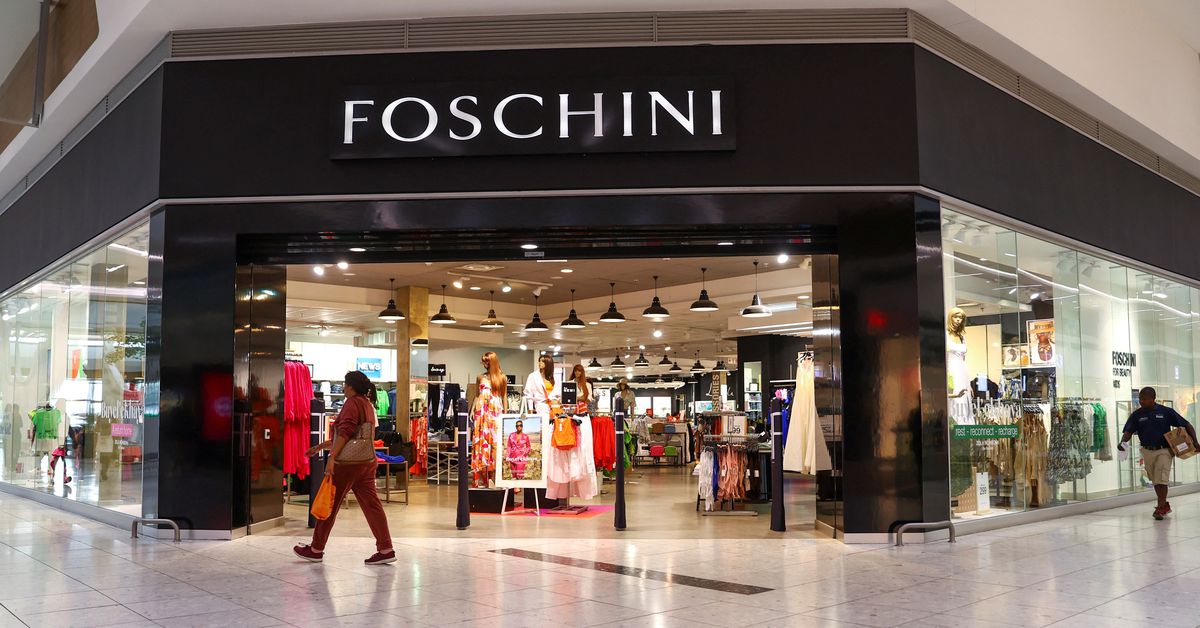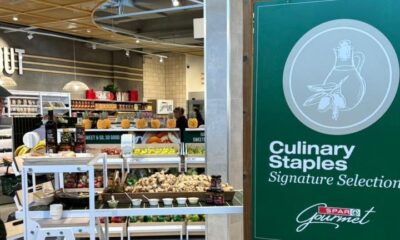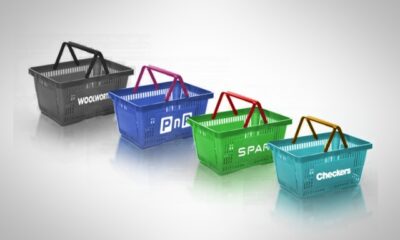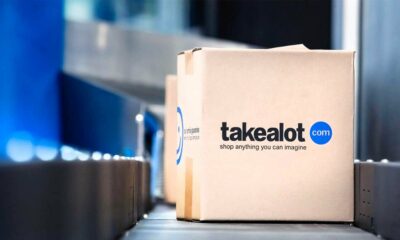Business
TFG Sees Modest Profit Bump as African Sales Rebound

In a retail climate that’s anything but forgiving, South African fashion and lifestyle group TFG has managed to keep its head above water. The group, which owns popular local brands like Foschini, Markham, and Exact, posted a 4.6% increase in full-year earnings, signaling a cautious rebound after a tough trading stretch.
At face value, this is a good story. But is it enough to quiet growing concerns over inflation, load shedding, and shrinking consumer wallets?
Africa Steps Up, Finally
TFG’s most welcome surprise this year came from its African operations. After a slow start, the second half of the year delivered a turnaround in local sales. Consumers across South Africa—and parts of the continent where TFG has a footprint—seemed more willing to shop again, even if just selectively. It was just enough to push the group’s headline earnings per share (HEPS) to R10.15, up from R9.71 the previous year.
For a retailer deeply exposed to local economic pressures, that 4.6% bump is no small feat.
Global Stores Hold the Line
It’s not just South Africa that helped TFG stay in the green. The company also operates in the United Kingdom and Australia—two regions that have, at times, served as shock absorbers when local conditions grew too volatile. While TFG hasn’t released region-by-region granularity yet, analysts believe the international arms remained stable, without delivering huge wins.
Still, the global strategy appears to be doing its job: softening the blow when South African households tighten their belts.
A Dividend for Shareholders, A Sign of Confidence
Perhaps the clearest sign that TFG’s board sees light at the end of the tunnel is the 230 cents per share final dividend. In an economy where many companies are holding back on payouts, TFG’s move suggests cautious optimism. Investors seem to agree: social media commentary around the JSE is already buzzing with nods of approval, with several retail-focused accounts praising the group’s ability to “still deliver in a climate of chaos.”
Retail Reality Check
Let’s not sugarcoat things. South Africa’s retail sector is fighting for every rand. Load shedding, high interest rates, and food inflation are eating into household spending. Clothes, for many, are no longer priority buys. TFG’s ability to post a profit—even a modest one—is a testament to tight cost control and adapting to market shifts. But the big question remains: how sustainable is this growth?
Industry observers say the second half surge in African sales might be more of a post-pandemic rebound than a long-term trend. Consumer sentiment remains fragile. And with local logistics and energy disruptions continuing to wreak havoc on margins, TFG will need to keep innovating.
From the Streets to the Spreadsheet
TFG’s performance offers a small but important signal: South Africans are still shopping, but more consciously. Fast fashion may be under pressure, but heritage retail names with a strong local identity—like TFG—still carry weight with the buying public.
Going forward, the group’s ability to localize products, control inventory, and keep prices accessible will determine whether this 4.6% profit rise becomes a blip or the beginning of a new growth story.
TFG’s latest financials are a reminder that resilience still has a place in South African retail. While the growth may not be explosive, the group is proving it knows how to weather a storm. As the country’s retail sector continues to evolve under pressure, TFG’s strategy of regional diversification and a sharp focus on core customers could keep it in the winner’s circle—for now.
{Source: Reuters}
Follow Joburg ETC on Facebook, Twitter , TikTok and Instagram
For more News in Johannesburg, visit joburgetc.com



























